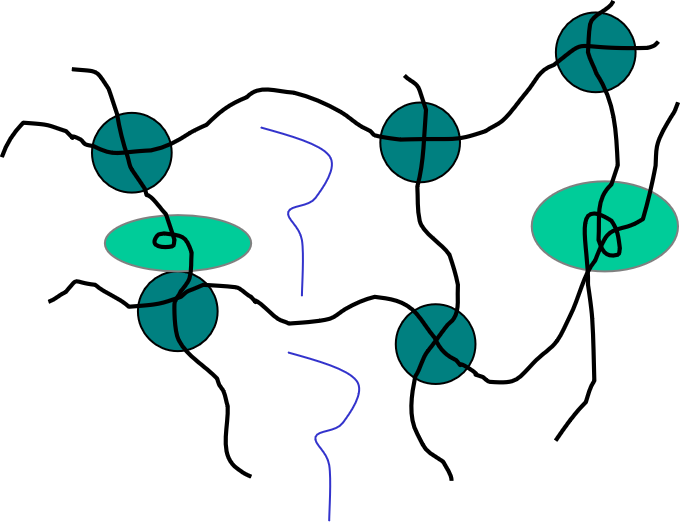In the quest for high-quality natural rubber, scientists and researchers are constantly on the lookout for advanced tools and techniques. Among these, time domain NMR (Nuclear Magnetic Resonance) has emerged as a powerful ally in understanding and optimizing the crosslinking density of polymers.

Crosslinking density is a crucial factor that determines the physical properties of natural rubber, from its elasticity to durability. By utilizing time domain NMR, researchers can precisely measure the differences in molecular motion between crosslinked and non-crosslinked chains. This information provides invaluable insights into the rubber’s structure and performance.
The basic principle behind this technique relies on the fact that crosslinked chains exhibit reduced molecular motion compared to their non-crosslinked counterparts. By analyzing the NMR signals in the time domain, scientists can quantify these differences and, subsequently, assess the crosslinking density of the rubber.

The applications of this technology are vast, ranging from the development of new rubber formulations to quality control in the manufacturing process. For example, in the natural rubber industry, time domain NMR can be used to ensure consistent crosslinking densities across different batches, leading to more reliable and predictable product performance.

In conclusion, time domain NMR and its ability to measure crosslinking density represent a significant advancement in the research and development of natural rubber. With this technology, we are better equipped to understand and improve the properties of this vital material, paving the way for innovative applications and superior products.
 NIUMAG
NIUMAG